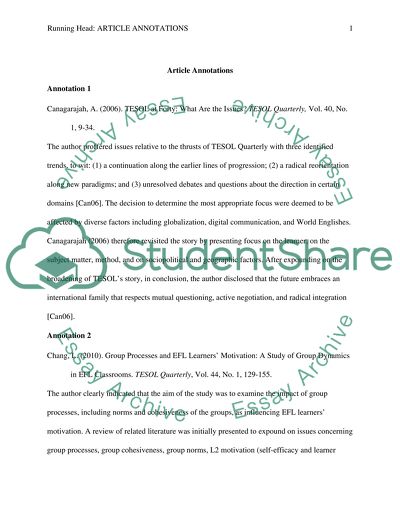Cite this document
(“Articles annotations Article Example | Topics and Well Written Essays - 2500 words”, n.d.)
Retrieved de https://studentshare.org/english/1392482-articles-annotations
Retrieved de https://studentshare.org/english/1392482-articles-annotations
(Articles Annotations Article Example | Topics and Well Written Essays - 2500 Words)
https://studentshare.org/english/1392482-articles-annotations.
https://studentshare.org/english/1392482-articles-annotations.
“Articles Annotations Article Example | Topics and Well Written Essays - 2500 Words”, n.d. https://studentshare.org/english/1392482-articles-annotations.


